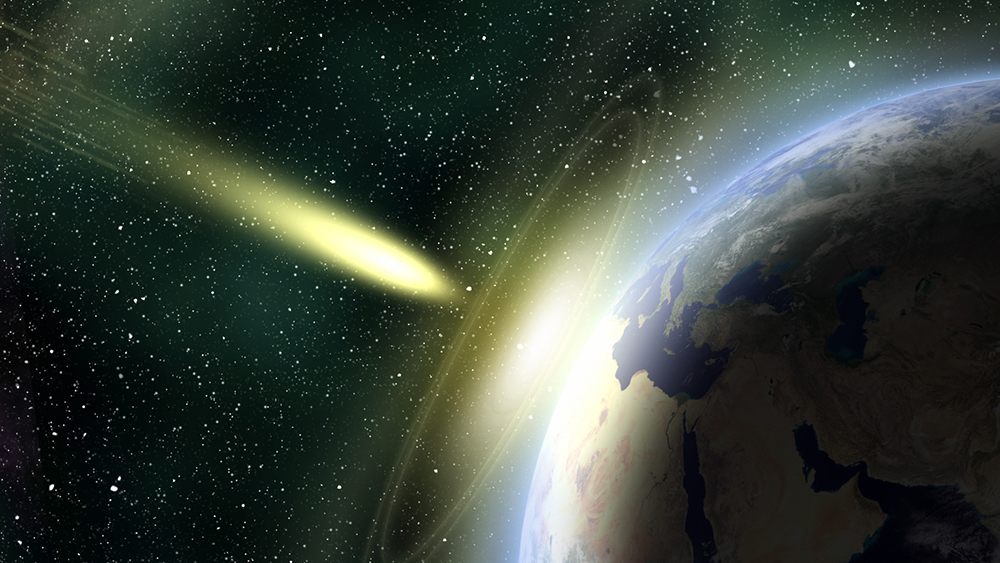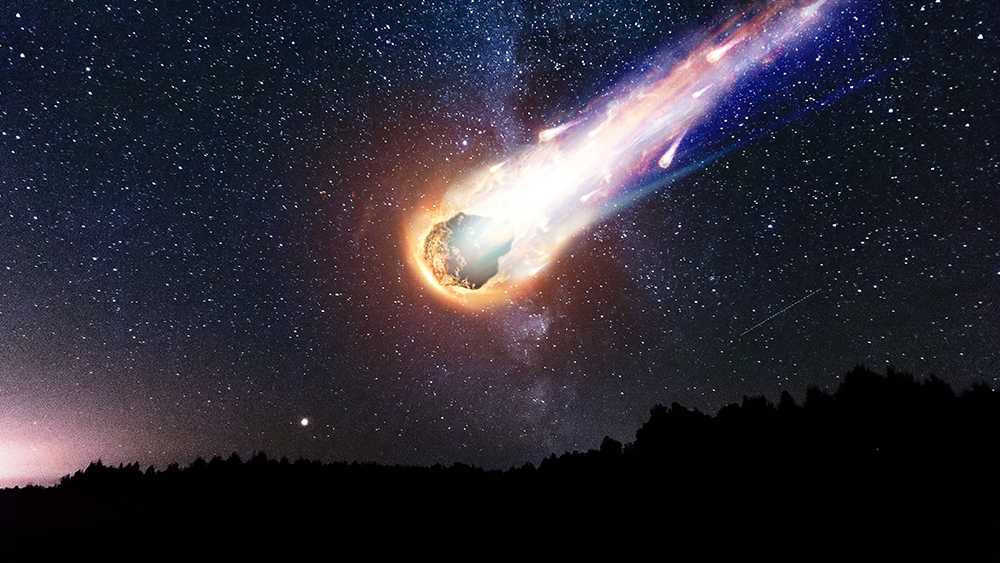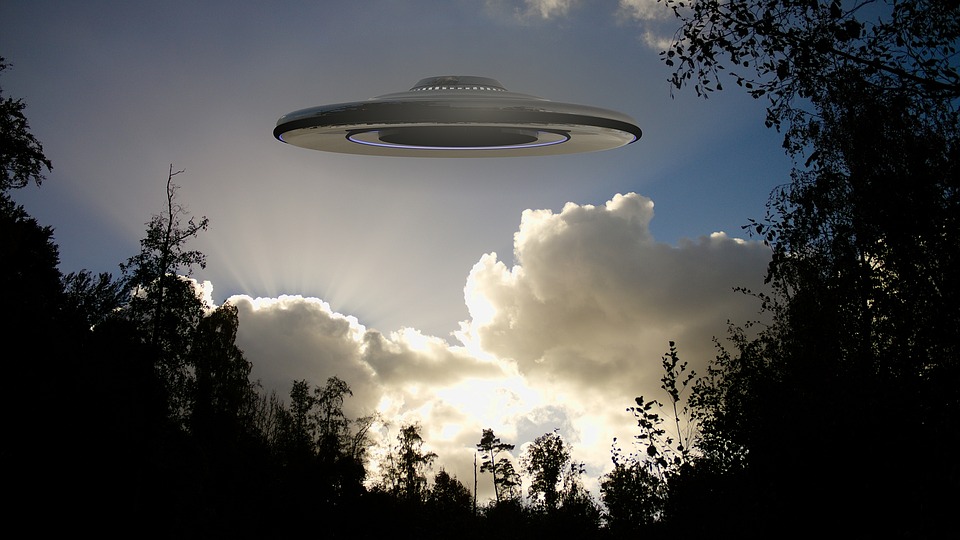"The Cosmic Serpent" challenges the conventional understanding of Earth's history
- Clube and Napier propose that the solar system is not static but an active participant in cosmic events, particularly as it travels through the Milky Way's spiral arms, encountering fields of interstellar comets.
- The authors argue that these encounters lead to periods of intense cometary bombardment, causing catastrophic effects such as massive destruction, global cooling and mass extinctions.
- They suggest that these cosmic collisions have been a significant driving force in the evolution of life and have reshaped Earth's geology, supported by evidence from the fossil record.
- Clube and Napier propose a link between cometary events and ancient myths and religions, suggesting that these celestial bodies were seen as powerful, supernatural beings and that myths are often allegorical descriptions of such events.
- The authors warn of the potential for future catastrophic impacts, emphasizing the need to understand cosmic forces and the profound interconnectedness of all things in the universe.
In their groundbreaking book, "
The Cosmic Serpent: A Catastrophist View of Earth History," authors Victor Clube and Bill Napier take readers on an extraordinary journey through time and space, challenging their conventional understanding of Earth's history. This isn't just another book about the cosmos; it's a radical reinterpretation of how cosmic events have shaped the planet and, by extension, human civilization itself.
At the heart of Clube and Napier's theory is the idea that the solar system is not a static entity but a dynamic participant in the grand cosmic ballet. The Milky Way, with its majestic spiral arms, is not just a backdrop to human existence but an active player in Earth's story. As the solar system journeys through these spiral arms, it encounters dense fields of interstellar comets. These aren't the distant, harmless objects people often imagine; they are potential agents of destruction.
The authors propose that these encounters lead to periods of intense cometary bombardment, where Earth is pummeled by a barrage of icy projectiles. The consequences are nothing short of catastrophic. Imagine a massive comet breaking apart, its fragments raining down on Earth with the force of countless hydrogen bombs. The immediate effects are devastating: searing winds, massive earthquakes and a prolonged darkness as dust and debris blot out the Sun. But the aftermath is even more dire, as the dust triggers a dramatic drop in temperature, plunging the planet into a global ice age.
This neo-catastrophist view of Earth history, as proposed by Clube and Napier, suggests that these cosmic collisions have been a major driving force in the evolution of life. The evidence they present is compelling. The fossil record shows sudden and widespread extinctions of species, often coinciding with periods of intense bombardment. These cataclysms have not only caused mass extinctions but also reshaped the very fabric of the planet's geology.
One of the most intriguing aspects of Clube and Napier's argument is the connection they draw between these cosmic events and ancient myths and religions. They propose that the gods of ancient civilizations were often personifications of comets. These celestial bodies, with their erratic movements and spectacular appearances, would have been seen as powerful, supernatural beings. The authors suggest that many myths and religious stories are actually allegorical descriptions of cometary events.
For instance, the myth of Phaethon, who lost control of the Sun chariot and set the Earth on fire, is interpreted as a description of a large comet passing close to Earth, causing widespread fires and destruction. Similarly, the biblical story of Exodus, with its plagues and the parting of the Red Sea, is seen as a depiction of a cometary impact and its aftermath.
The authors also delve into the history of astronomy, suggesting that the division of the sky into constellations may have been influenced by the observation of comets. The constellations, with their dragon-like figures and horned creatures, bear a striking resemblance to the descriptions of comets in ancient texts. This raises the fascinating possibility that the origins of astronomy are intertwined with the observation of these cosmic events.
While Clube and Napier's theory is fascinating, it also carries a sobering message. If catastrophic impacts have been a regular occurrence in Earth's history, they could happen again. The authors warn that the threat of a large impact is not just a relic of the past but a real possibility for the future. This is a stark reminder of the precarious position humans occupy in the cosmos and the need to understand the forces that shape their world.
In conclusion, "The Cosmic Serpent" challenges humanity to rethink their place in the universe. It invites people to consider the possibility that Earth's history has been shaped by cosmic events of unimaginable scale. Whether or not you agree with Clube and Napier's theory, it offers a thought-provoking perspective that encourages us to look at the world through a different lens. As mankind continues to explore the mysteries of the universe, they are reminded of the profound interconnectedness of all things and the enduring power of the cosmos to shape their destiny.
Watch this video about Victor Clube and Bill Napier's "The Cosmic Serpent: A Catastrophist View of Earth History."
This video is from the
BrightLearn channel on Brighteon.com.
Sources include:
Brighteon.ai
Brighteon.com
 Parler
Parler Gab
Gab











